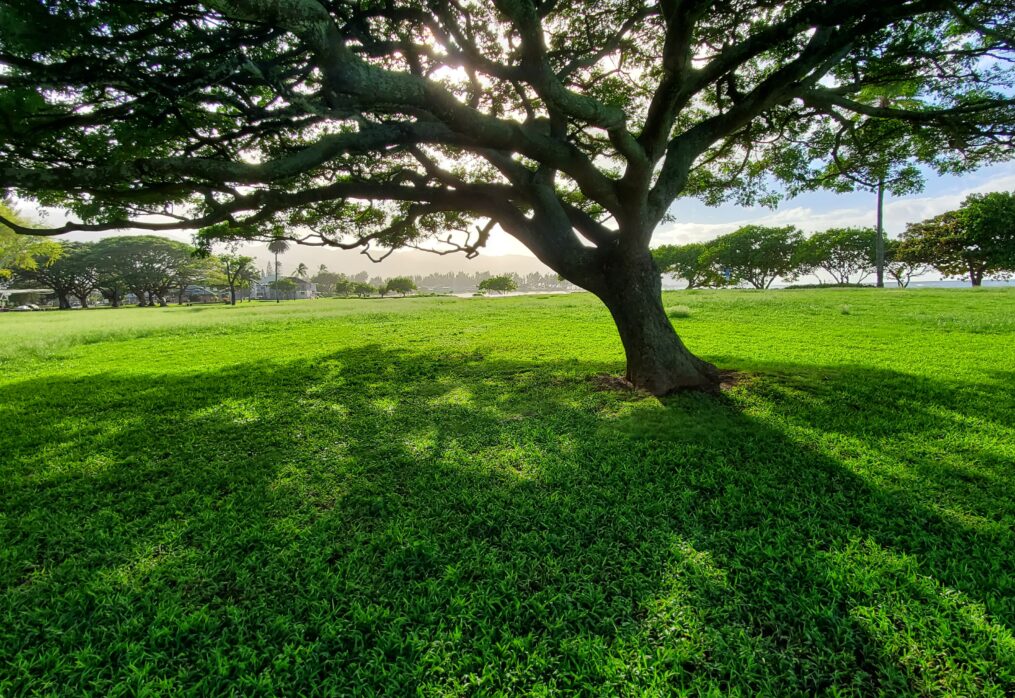Best Natural lawn grass for shade
A Guide to the Best Natural Lawn Grass for Shade
Many homeowners dream of a lush, green lawn. However, achieving this ideal can be challenging if your yard receives limited sunlight. Certain types of grass are better suited for shade than others. This guide will explore the finest natural lawn grass options for shady areas and provide tips for maintaining a healthy lawn in low-light conditions.
Understanding Shade Tolerance
Before selecting the right grass type, it’s essential to understand the level of shade your yard receives. Here are some common shade classifications:
- Full shade: The area receives no direct sunlight.
- Partial shade: The area receives some direct sunlight, but it’s mostly shaded.
- Dappled shade: The area receives intermittent sunlight, with patches of shade and sun.
Best Natural Lawn Grass for Shade
- St. Augustinegrass: Known for its dense, emerald-green color, St. Augustinegrass is a popular choice for shady areas. It is relatively drought-tolerant and can withstand moderate shade.
- Zoysiagrass: This warm-season grass is another excellent option for shady lawns. It is a low-maintenance grass that can thrive in low-light conditions. Zoysiagrass is also known for its durability and resistance to pests and diseases.
- Tall Fescue: A cool-season grass, Tall Fescue is a versatile choice that can tolerate a wide range of shade conditions. It is known for its resilience and ability to withstand heavy foot traffic.
- Groundcovers: If you’re looking for a low-maintenance alternative to traditional lawn grasses, groundcovers can be a great option. Examples of shade-tolerant groundcovers include ivy, creeping thyme, and pachysandra.
Tips for Maintaining a Shady Lawn
- Mow High: Keeping your lawn tall can help it tolerate shade better. Taller grass blades provide more shade for the soil, which can help retain moisture.
- Water Deeply and Infrequently: Avoid shallow watering, as it can encourage shallow roots. Instead, water deeply and infrequently to encourage deeper root growth.
- Aerate Regularly: Aerating your lawn can help improve soil drainage and nutrient absorption, which is essential for healthy growth in shady areas.
- Fertilize Appropriately: Use a fertilizer specifically formulated for shade-tolerant grasses. Follow the package instructions for the best results.
- Consider Dethatching: If your lawn has a thick layer of thatch, dethatching can help improve air circulation and nutrient absorption.
Additional Considerations
- Climate: Choose grass types that are well-suited to your local climate.
- Soil Conditions: Ensure your soil is well-draining and rich in nutrients.
- Foot Traffic: If your lawn receives heavy foot traffic, consider a grass type that is more durable.
- Budget: Factor in the cost of grass seed, fertilizer, and maintenance when making your decision.
Conclusion
With the right selection and care, you can have a beautiful, healthy lawn even in shady areas. By understanding the best grass types for shade and following the tips outlined in this guide, you can create a backyard oasis that you’ll enjoy for years to come.
Contact us today for inquiries, orders, or expert advice. 🌐 Visit our website: www.balajinursery.org
📞 Call us at 8766234417 / 093541 73113
Let Balaji Nursery be your partner in creating a lush, green landscape! 🌳🌿
I recommend checking out:
- How to Plant Lawn Grass: A Quick Guide
- Mowing Heights By Season And Grass Type
- What Is the Best Warm Season Grass for Your Lawn
- Natural Weed and Grass Killer Recipe for a Chemical-Free Lawn
- What type of machine is used to cut grass?
- 5 gorgeous flowering plants to bring home in summer
- 10 Stress Relieving Indoor plants for home
- 10 plants you can easily grow in a bottle
- 5 Easy Tips to Maintain a Tulsi Plant at Home
- 5 Medicinal Plants to Grow at Home
- 10 palm plants to grow at home
Last Updated on 10 months ago by Anjali Mehra Ph.D. in Horticulture (Punjab Agricultural University)
- Best Lawn Grass for High-Footfall Religious Places in Punjab - December 29, 2025
- Why Lawn Grass Fails After Installation (Real Indian Case Studies) - December 25, 2025
- Nilgiri Grass vs Korean Grass – Price, Look & Maintenance Compared - December 23, 2025
